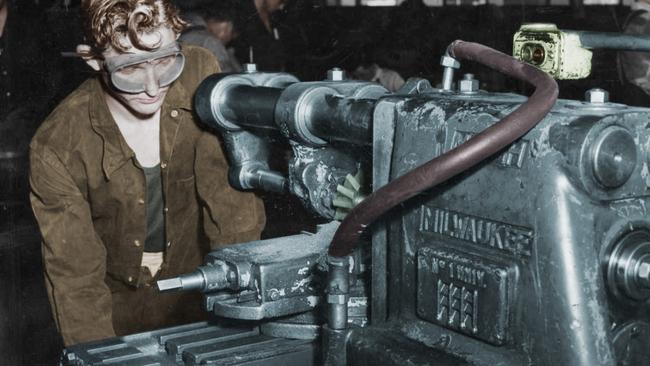Incredible colourised photos of Holden in South Australia given new life
General Motors has decided to end the Holden brand by the end of this year. This new blow to the beloved brand follows the closure of Holden’s Elizabeth plant in 2017. To celebrate the carmaker’s part in our history, we’ve given these old black-and-white photos new life. Colourisation by Ray Hirst
Special Feature
Don't miss out on the headlines from Special Feature. Followed categories will be added to My News.
In 1852 a young Englishman named James Alexander Holden immigrated to the fledgling colony of South Australia and, four years later, established a saddlery business.
It was the founding of an Australian legend, a legend that included motoring icons like the FJ, the EH, the Monaro and the Commodore.
J.A. Holden could have never envisaged that he was laying the foundation for a revolution that would put the motor car within reach of the average Australian.
With car ownership came the ability to live in outlying suburbs, the ability to hit the beach on a hot weekend, the ability for teenagers to escape the family home and forge a new identity centred around fast cars and rock ‘n’ roll.
How many red dogs rode in the back of Holden utes? How many family driving holidays were undertaken in a Kingswood? How many people alive today were conceived in the back of a Sandman? We’ll never know.
And if the Holden car changed motoring, the Holden factories changed Adelaide.
At various times the cars were manufactured at plants in the city and in Woodville, but it’s the Elizabeth factory that has come to symbolise the brand.
Since the early 1960s the Elizabeth factory has provided employment for generations of South Australians, including the thousands of British immigrants who flocked to our northern suburbs following the Second World War.
At the end of this year the last Holden will roll off the line, and while the brand name will live on, the era of Australian-made cars, for Australian families, will be over.
In our collective memories, however, there will always be a special place for football, meat pies, kangaroos and Holden cars.
To mark the passing of an icon, Sunday Mail graphic artist Ray Hirst has colourised a series of historical pictures from the glory days of Holden, bringing the images to life for the modern era.
EIGHT CLASSIC HOLDENS
48-215 FX
1948-53: The first Holden, launched by Prime Minister Ben Chifley, put a mass-produced, six-cylinder car within reach of Australian families (although it still cost a pretty packet, setting back the average worker a staggering 94 weeks wages).
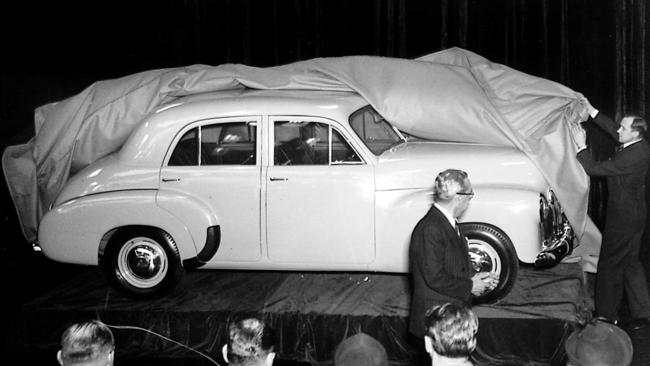
FJ
1953-57: Based on the FX, but featuring the now-iconic redesigned grill, the FJ quickly cemented itself in the national psyche. Today there are entire motoring clubs devoted to the preservation of this classic car.
EH
1963-66: One of the best-loved Holdens of all time, the EH sold a staggering 250,000 units in just 18 months. The EH was the first car powered by Holden’s famous “red engine”, which gave it a power boost of up to 53 per cent on previous models.
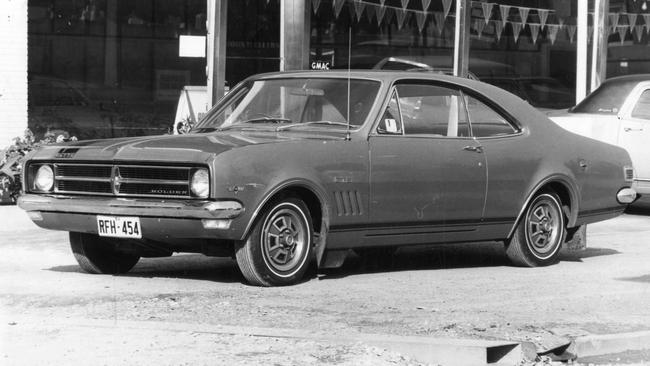
HK
1968-1969: Yeah baby! The sixties are in full swing, and the HK is a reflection of the fast times. Larger and heavier than its predecessor, the HK was available as a Belmont, Kingswood, Premier and Brougham, but it was the Monaro that really capture the imagination. A classic to this day.
HQ
1971-1974: A complete redesign for the a new decade, the later HQ range featured the iconic Sandman panel van, the ultimate surfing wagon. Running from 1974 to 1979, the Sandman was keenly sort after by young men and greatly feared by parents.
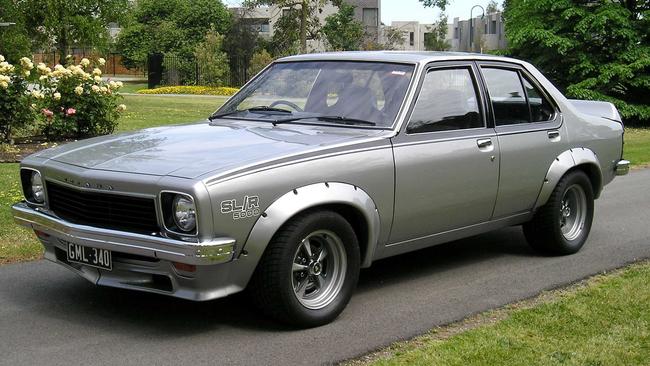
LH
1974-76: The Torana might be small, but it is mighty. Named after an Aboriginal word meaning “to fly”, the LH Torana featured a redesign that still looks good today. The 5.0-litre SL/R 5000 let young revheads pretend they were King of the Mountain.
HZ
1977-80: The last of the Kingswoods, the everyman’s workhorse made famous by the cranky Ted Bullpit on sitcom Kingswood Country. The HZ featured equipment upgrades in order to match the increasingly popular Ford Falcoln, but there was a revolution coming.
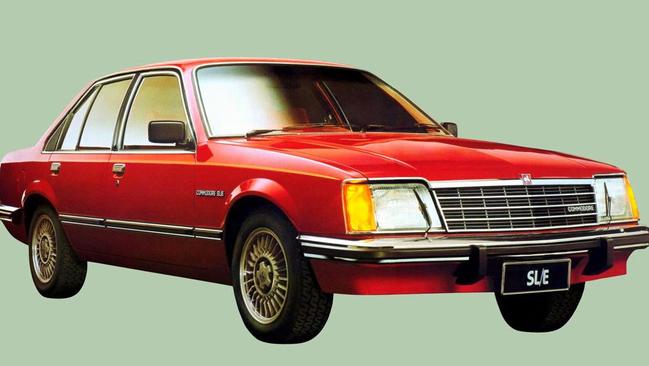
VB
1978-80: The first of the Commodores, the car that came to symbolise Holden in the modern era. Based on the Opel Rekord, the Commodore featured a number of modifications to help it cope with Australian driving conditions. The classic family car (and a pretty successful race car to boot), the Commodore persists to the present day.

